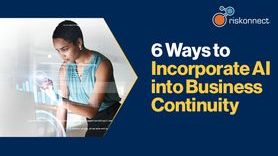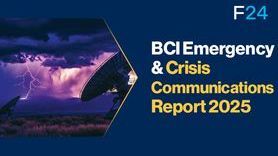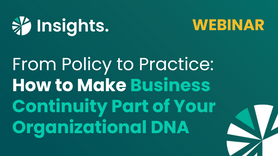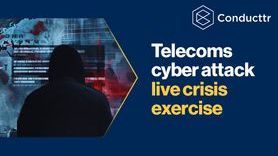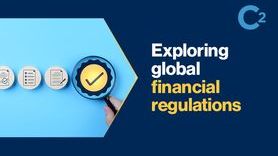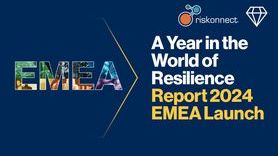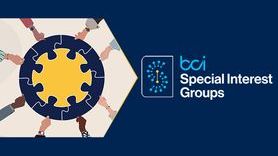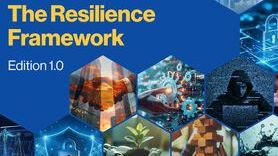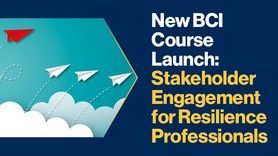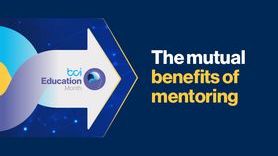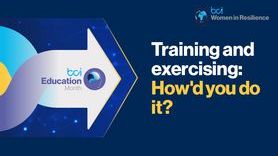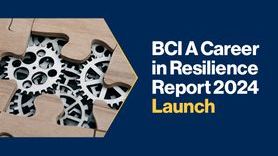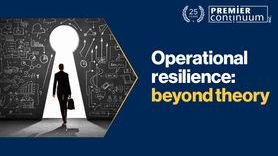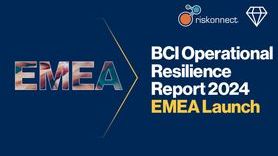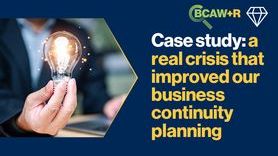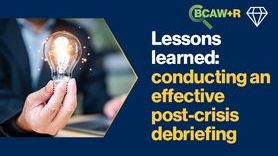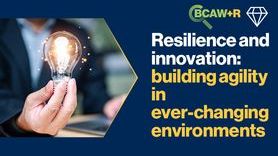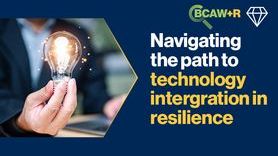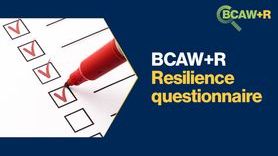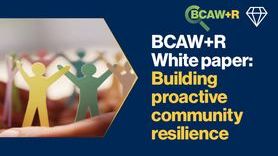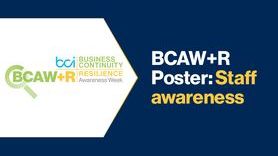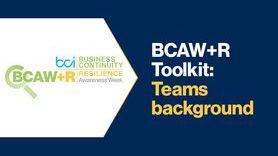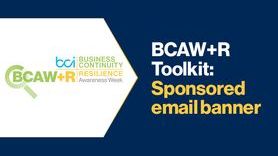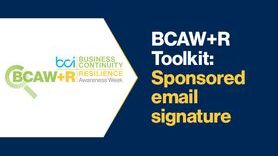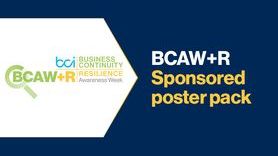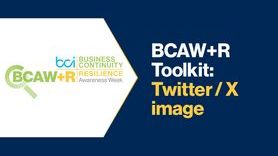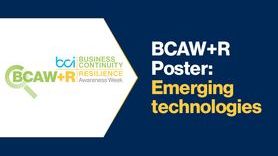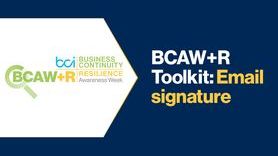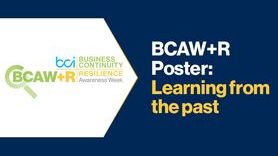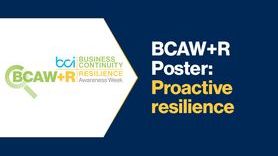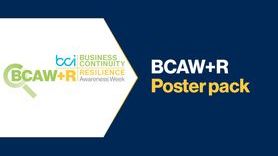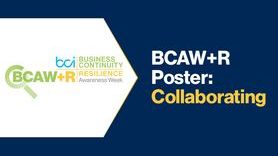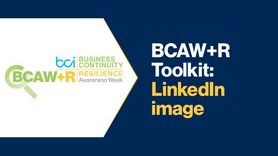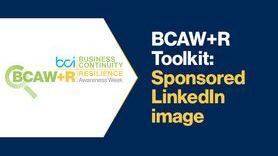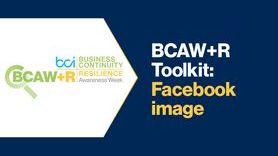Measuring mentoring success
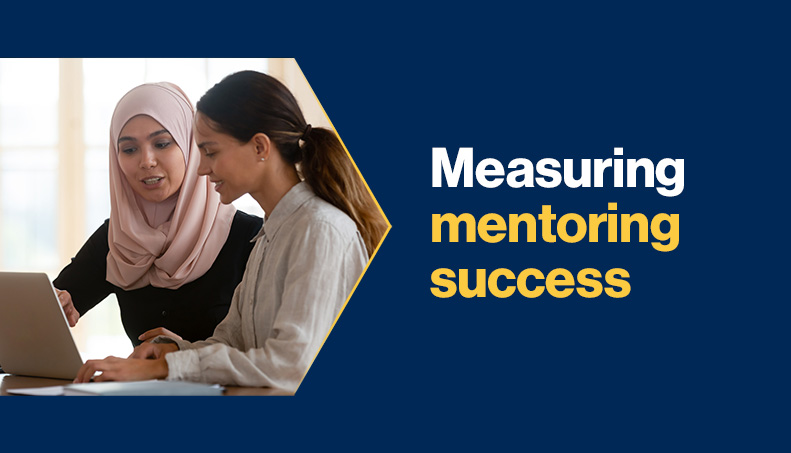
In this article series, we will be exploring the value of mentoring, particularly for business continuity and resilience professionals, its role in the modern workplace, and new methods and practices. This entry will explore how we can measure the success of the mentoring relationship.
It is important to note that every mentoring relationship is different and has a unique set of goals and objectives, therefore the factors that showcase its success will vary considerably between each relationship. In this case, since the goal for one mentee may be completely different to another, how can we measure mentoring success?[1]
Thankfully, there are a series of mentoring outcomes which can be identified to determine the ongoing success of the relationship. Certain outcomes may even be different to those originally intended, such as a sense of satisfaction and reward for the mentor, as well as progress in interpersonal skills and improvements in confidence.
Career development and progression
Perhaps the clearest way to measure the success of the mentoring relationship is through the progression of the respective careers of both the mentor and mentee. Both parties will be seeking to learn from each other’s experience and apply this knowledge to their own career trajectory, perhaps by building a skills base or using the experience and knowledge shared by the other party to gain a competitive edge over other applicants for a role.
For organizations who encourage mentoring within their operations, one of the long-term goals will also be retainment. Indeed, according to PushFar, 94% of employees have stated that they would stay at an organization longer if they were offered opportunities to develop both their role at the organization and their overall career.[2] Mentoring is an opportunity for this development and provides both parties with a framework for ongoing progression, which in itself can encourage retainment.
Organizations may also look to flag personnel on mentoring programmes as potential candidates for greater responsibility within the business, due to their commitment to continuous learning and improvement.
Continued engagement
Another marker of the success of a mentoring programme is continued engagement. For example, challenges with continued engagement could arise if the mentoring programme automatically assigns mentors and mentees without the preferences or aims of either party being taken into account. Indeed, if unresolved, these challenges may result in dissatisfaction between the mentor and mentee and a breakdown of the relationship.
However, difficulties such as this can be resolved by adapting the mechanisms of the mentoring programme so the views and preferences of both parties are placed at the heart of the programme. For instance, a positive change to a mentoring programme could be allowing mentees to view the unique characteristics and experience of mentors before starting the mentoring relationship and providing them with the ability to choose the right fit. Reflecting the importance of this, this feature is one of the founding principles of the BCI’s mentoring programme. In addition, one priority for mentees may be for their mentor to have relevant industry experience and, if this is immediately identifiable, then the mentee can make an informed choice. This is also achievable if the provider of the mentoring programme has a system to ensure that its mentors have certified experience in the sector. For example, to become a mentor on the BCI’s mentoring programme the business continuity and resilience professional needs to have a membership grade of at least an MBCI, meaning mentors will have certifiable experience within the BC and resilience sector.
Continued engagement can also be supported by making it easy for mentors and mentees to see their shared/individual goals, as well as how they are making progress towards them, as within the BCI’s programme. With this functionality, mentees can input waypoints along the journey towards these goals to make sure that they are making continual and recognisable progress towards these objectives at every stage of the process.
Diversity and inclusion
Mentoring is also an important process for diversity and inclusion. Indeed, mentoring platform PushFar surveyed its mentors and mentees and found that 82% felt mentoring was extremely valuable towards tackling diversity and inclusion challenges.[3] Individuals can feel motivated to succeed, as well as supported, when they see leadership and others within the organization who they can relate to and who may understand the specific challenges that they face.
Therefore, a ‘successful’ mentoring relationship or programme may include providing mentees with access to mentors who they may be able identify with, or who they believe will understand their particular challenges and the context within which they are facing them. This can be facilitated further by following the process outlined above and allowing the mentee to select a mentor that they feel may understand and support them on their personal journey.
We can now see how a mentoring programme is an opportunity to directly connect underrepresented groups with leaders in the sector. There are numerous benefits for this process from a reverse mentoring perspective, which will be considered in a future article, but it may also be helpful for the mentee on their own journey towards leadership. If successful, the mentoring programme would then become one of the many methods necessary to improve diversity in positions of leadership.
These are just a few of the methods to measure the success of a mentoring programme. In the next article, we will be exploring the potential of virtual mentoring.
Access BCI Mentoring
Citations
[1] https://doc-cdn.pushfar.com/pushfar-resources/6-Measures-of-Mentoring-Success.pdf
[2] https://www.pushfar.com/article/mentoring-statistics-everything-you-need-to-know/
[3] https://doc-cdn.pushfar.com/pushfar-resources/administrators/24.%20Diversity%20and%20Inclusion%20e-book.pdf


